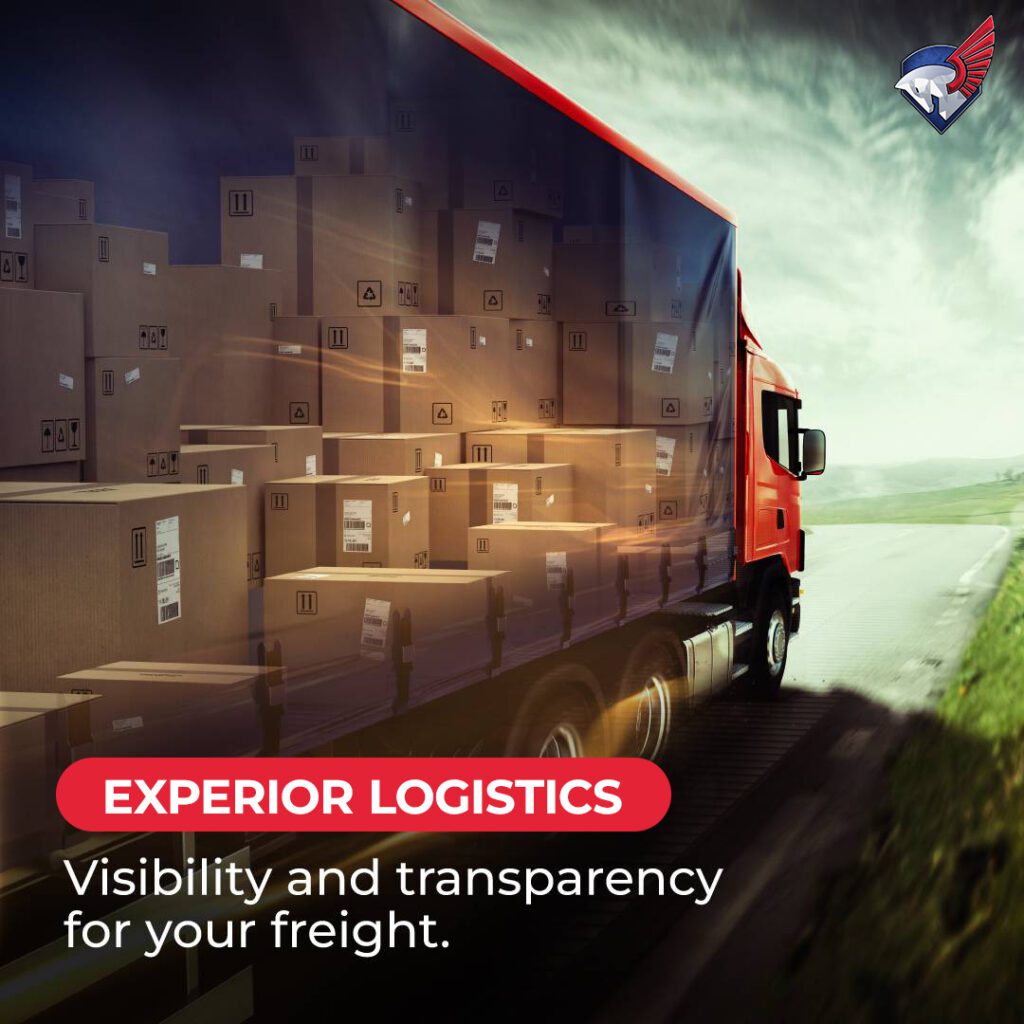Freight Glossary
Accessorial Charge
A fee applied by the carrier for extra services like loading, unloading, pickup, delivery, fuel charges, or basic shipments.
Accessorial Services
Additional services that enhance shipping, which may be optional or required.
Asset-Based Carrier
A type of 3PL that transports goods using its own trucks and stores them in its own warehouses.
Average Transit Time
Calculated by dividing the total transit time for all shipments by the number of shipments to get an average time from pickup to delivery.
Bill of Lading (BOL)
A receipt listing goods being shipped, provided by the carrier to the shipper.
Blind Shipment
A shipment where the identities of the shipper or receiver (or both) are concealed.
C
Chassis
A specialized trailer for transporting ocean containers by road.
Class
A classification of products based on value, packaging, and density, used for shipping.
Collect
Shipments where the consignee is responsible for paying the freight charges.
Consignee
The person or business that receives the goods.
Consignee Identification Number (CID)
A unique internal number assigned by the consignee for tracking purposes.
D
Dead-Head
The term for an empty trip where no goods are being transported, resulting in costs without revenue.
Density Calculator
A tool for calculating the shipment’s density and its freight class.
Dispatcher
Personnel responsible for efficiently scheduling trucks and labor to meet customer needs.
Distribution Center
A warehouse where products are stored and distributed.
E
Electronic Data Interchange (EDI)
The exchange of business information between companies using computers in a standard format.
End Customer
The person who ultimately buys and uses the product.
F
Free On Board (FOB)
The point where ownership of goods transfers from the shipper to the consignee.
Freight-All-Kinds (FAK)
A classification used by full carriers to apply a single tariff to various types of freight.
Freight Broker
A middleman that connects shippers with freight carriers.
Freight Tariffs
Rates and rules applied by carriers for transporting freight.
Fuel Surcharge (FSC)
An additional charge to cover fuel price increases.
Full Container Truckload (FCL)
When goods take up an entire container.
Full Truckload (FTL)
A shipping method where a truck carries a dedicated shipment.
H
Handling Unit
The unit handled by the carrier, such as a pallet or a single carton.
HAZMAT
Hazardous materials.
I
Intermodal Transportation
The movement of freight using two or more modes of transportation, like truck and rail.
Inventory
The stock of goods held by a business, including raw materials and finished products.
L
Lane
A commonly used shipping route.
Less-Than-Truckload (full)
Shipments under 10,000 lbs, usually combined with other shipments.
Linehaul
Movement of goods between terminals or cities, excluding local delivery.
N
National Motor Freight Traffic Administration (NMFTA)
An organization that standardizes shipping rules and classifications.
National Motor Freight Classification (NMFC)
The standard system for classifying commodities for full shipping.
NMFC Number
The code assigned to commodities for determining shipping rates.
P
Packing List
A list of items in a shipment, usually prepared by the shippe
Pallet
A platform used to stack goods for shipping, often made of wood or composite materials.
Prepaid
The shipper pays the freight charges to the consignee’s location.
Progressive Rotating Order (PRO)
A unique number assigned to each shipment by the carrier.
Proof of Delivery (POD)
A signed document confirming that goods have been delivered.
S
Shipment
The transport of goods from one point to another.
Shipment Packing List
A list of items in a shipment, used for inventory checking upon receipt.
Shipper Identification Number (SID)
An internal number assigned by the shipper for tracking, distinct from the BOL or PRO number.
Supply Chain
The entire process from sourcing raw materials to delivering finished goods to the customer.
Supply Chain Management
The coordination of sourcing, production, and logistics across different partners in the supply chain.
Standard Carrier Alpha Code (SCAC)
A four-letter code used to identify a carrier.
T
Tariff
Rules and rates applied to specific shipments or routes.
Terminal
A location where goods are prepared for transport.
Third Party
Freight charges paid by someone other than the shipper or consignee.
Truckload (TL)
A full truckload of goods transported within the U.S.
Tractor
The part of the truck containing the driver’s compartment and engine.
Trailer
The section of the truck that carries the goods.
Trailer on Flatcar
Transporting a trailer on a railcar.
Transloading
The process of transferring goods between different modes of transport.
V
Vendor Managed Inventory
A practice where the supplier manages the inventory at the distributor’s location.
W
Warehouse
A storage facility for goods, handling and receiving products, and order fulfillment.
Z
Zone-to-Zone Pricing
A pricing system that groups shipping origins and destinations into zones, with rates based on inter-zone distance.
Plan Your Next Shipment
Get In Touch with Us



Main Location / HQ
12161 Central Avenue, Alsip, Illinois, 60803


Our Hours
We're available 24/7!



